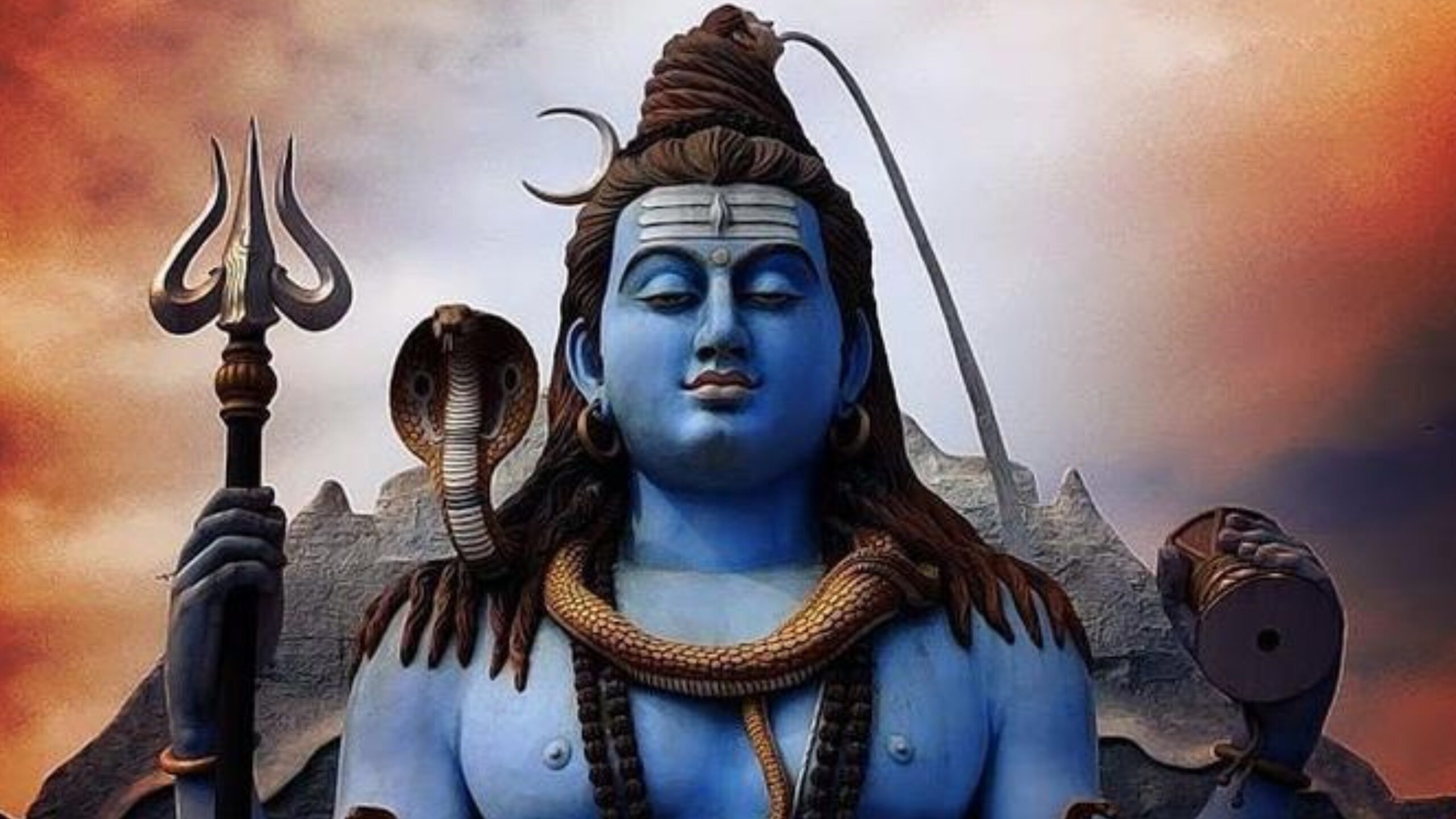Maha Shivaratri

Celebrating Lord Shiva and the Triumph of Good Over Evil
Maha Shivaratri is a major Hindu festival celebrated annually in honor of Lord Shiva, one of the most powerful and revered deities in the Hindu pantheon. It is observed on the 14th night of the dark fortnight of the Hindu month of Phalguna, which falls in late February or early March according to the Gregorian calendar.
The festival is celebrated with great fervor and devotion in many parts of India, particularly in the north and central regions. It is believed to be a time when Lord Shiva performs the cosmic dance of creation, preservation, and destruction, and when devotees can seek his blessings and attain spiritual liberation.
The Origins of Maha Shivaratri
The origins of Maha Shivaratri can be traced back to ancient Hindu texts and legends. According to the Puranas, one of the major Hindu scriptures, Lord Shiva is said to have appeared in the form of a lingam, a symbolic representation of the divine, on the night of Maha Shivaratri. The day is also said to mark the marriage of Lord Shiva and his consort Parvati, who is also known as Shakti or the universal energy.
Another legend associated with Maha Shivaratri is the story of the churning of the ocean of milk, which is recounted in the Hindu epic, the Mahabharata. According to the story, the gods and demons churned the ocean to obtain the nectar of immortality. During the process, a deadly poison known as halahala emerged from the ocean, which threatened to destroy the world. Lord Shiva came forward and drank the poison to save the universe, but in the process, his throat turned blue, earning him the name Neelkanth, or the blue-throated one.
Maha Shivaratri Celebrations
Maha Shivaratri is observed by devotees with fasting, prayers, and offerings of milk, flowers, and fruits to Lord Shiva. Many people also observe a vigil throughout the night, staying awake and engaged in worship and meditation. It is believed that staying awake all night and chanting the name of Lord Shiva can bring spiritual benefits and cleanse the mind and soul.
In many parts of India, particularly in the northern states, Maha Shivaratri is celebrated with great enthusiasm and grandeur. Temples dedicated to Lord Shiva are decorated with lights and flowers, and devotees throng to offer their prayers and seek blessings. The festival is also marked by processions, music, and dance performances, showcasing the cultural richness and diversity of India.
Significance of Maha Shivaratri
Maha Shivaratri is a time for devotees to seek the blessings of Lord Shiva and attain spiritual liberation. It is believed that worshipping Lord Shiva with devotion and sincerity can lead to the fulfillment of one’s wishes and the attainment of inner peace and enlightenment.
The festival is also a reminder of the triumph of good over evil. Lord Shiva is often depicted as a destroyer of ignorance, selfishness, and negative energies. His cosmic dance is believed to symbolize the cycle of birth, death, and rebirth, and the ultimate liberation from the cycle of suffering and pain.
Conclusion
Maha Shivaratri is a festival that celebrates the power, wisdom, and benevolence of Lord Shiva. It is a time for devotees to seek his blessings and guidance, and to renew their commitment to the path of spirituality and righteousness. The festival is a reminder of the eternal truth that good always triumphs over evil, and that the ultimate goal of life is
Thanks For Reading Our Post . Happy Maha Shivaratri….
